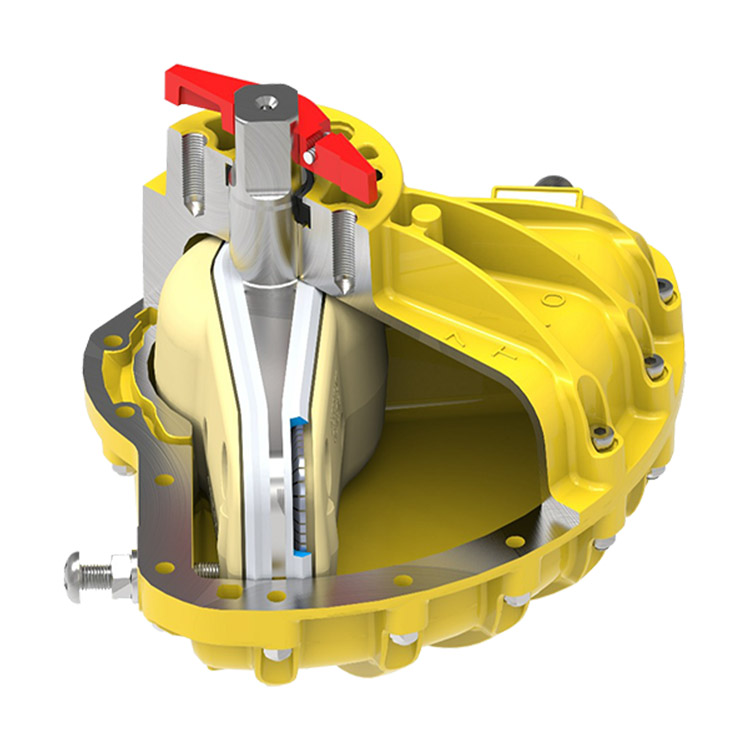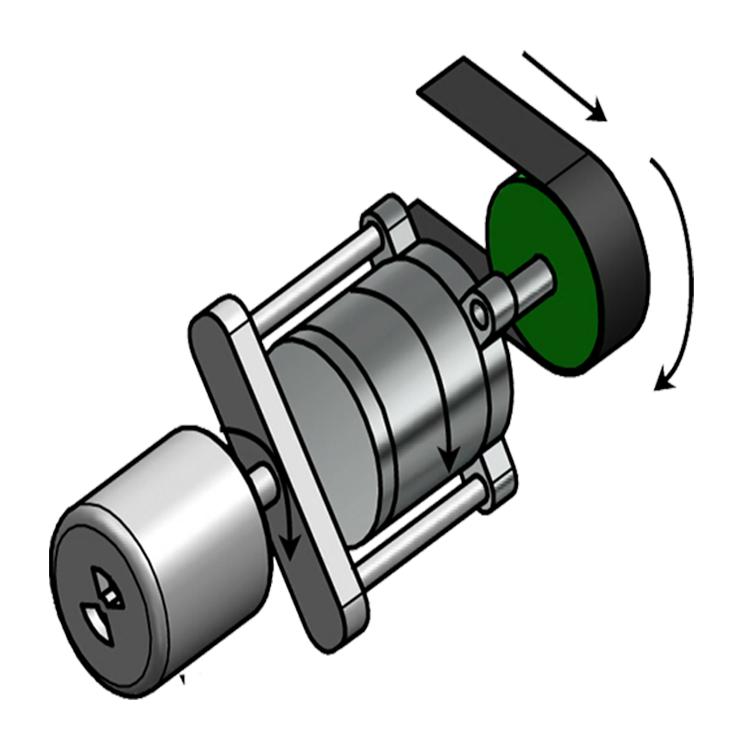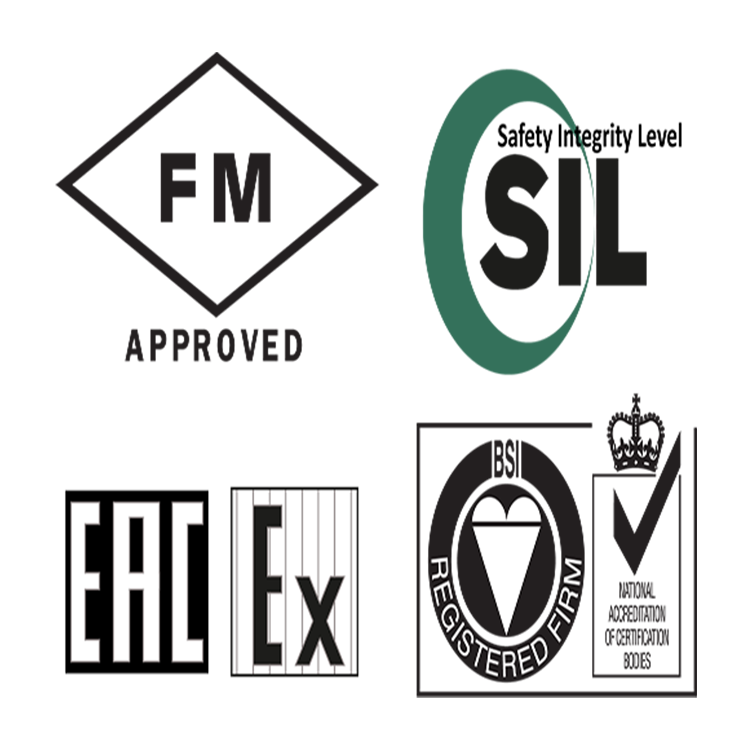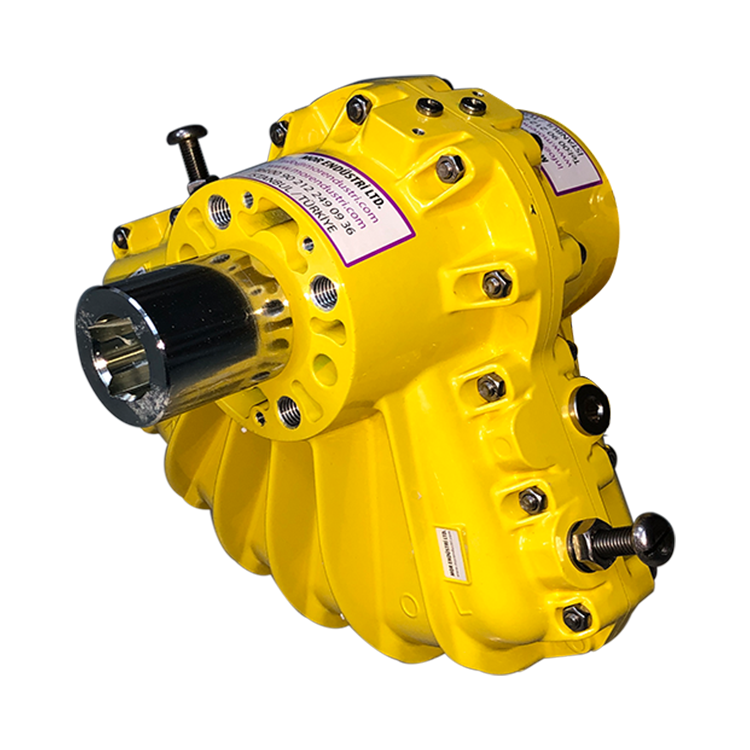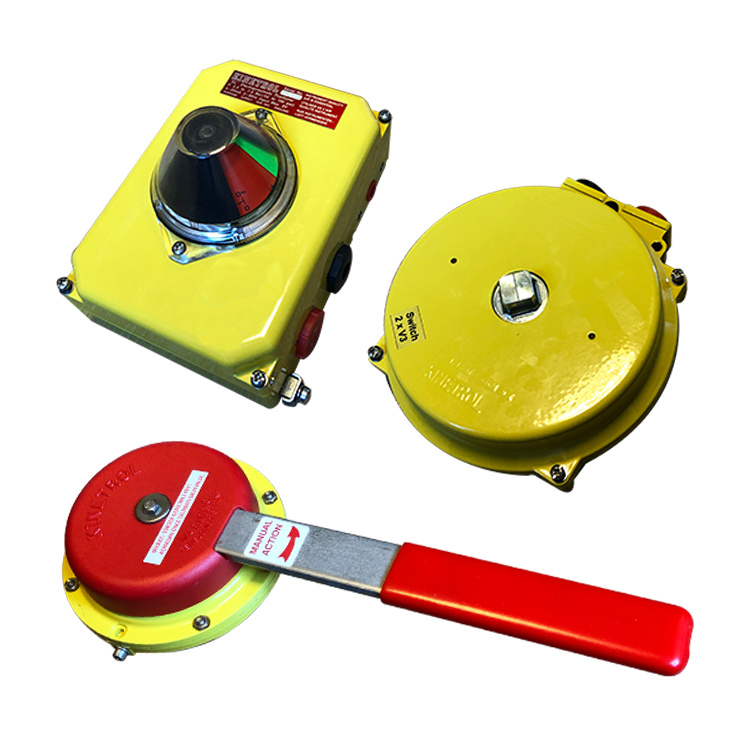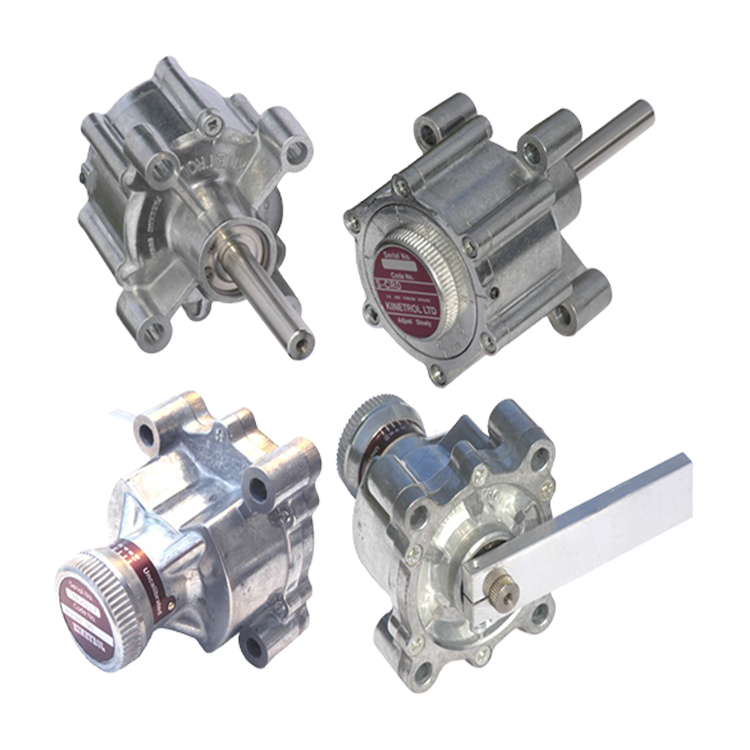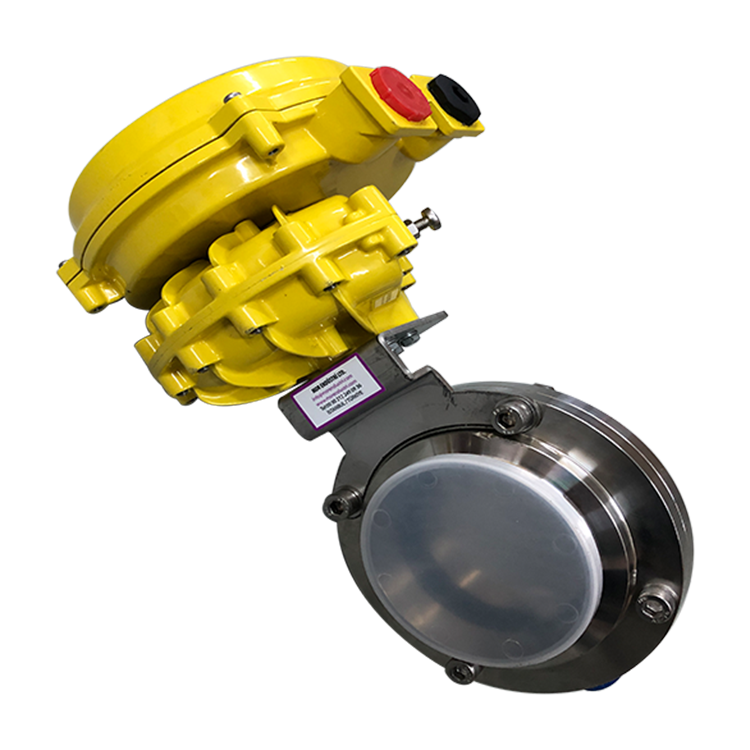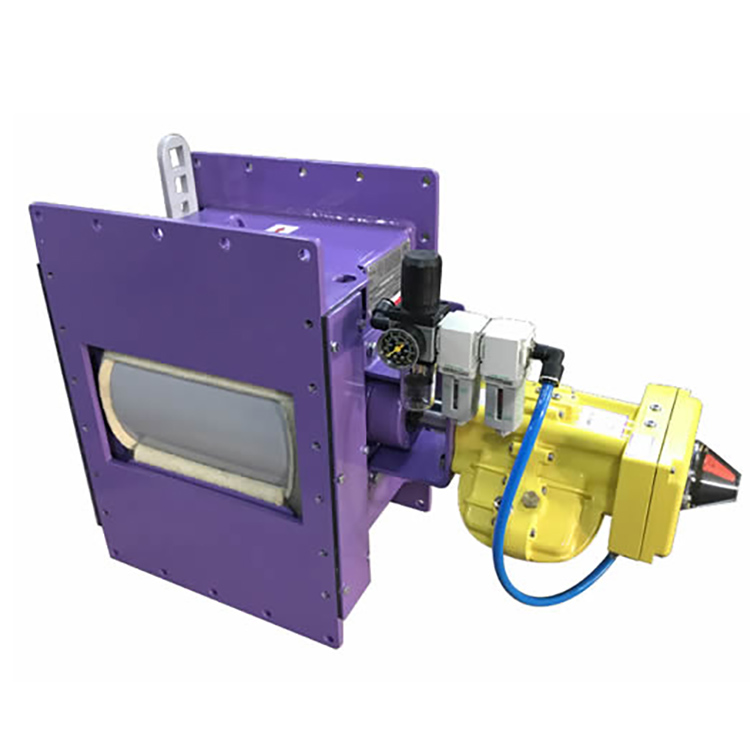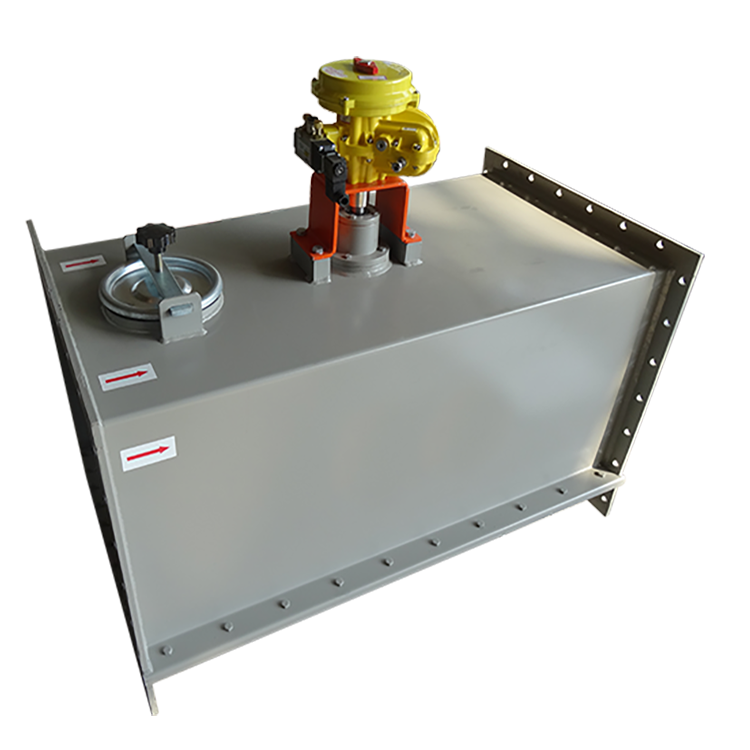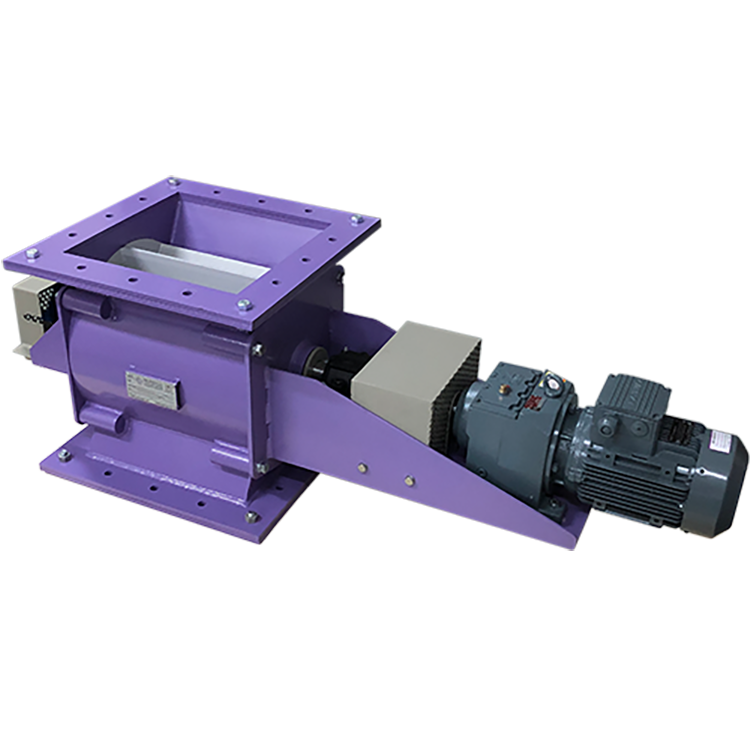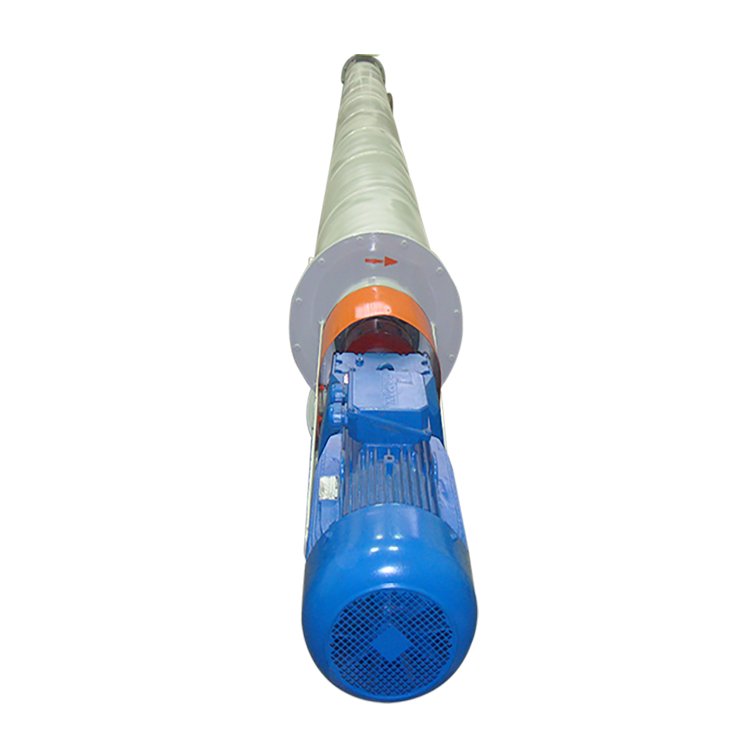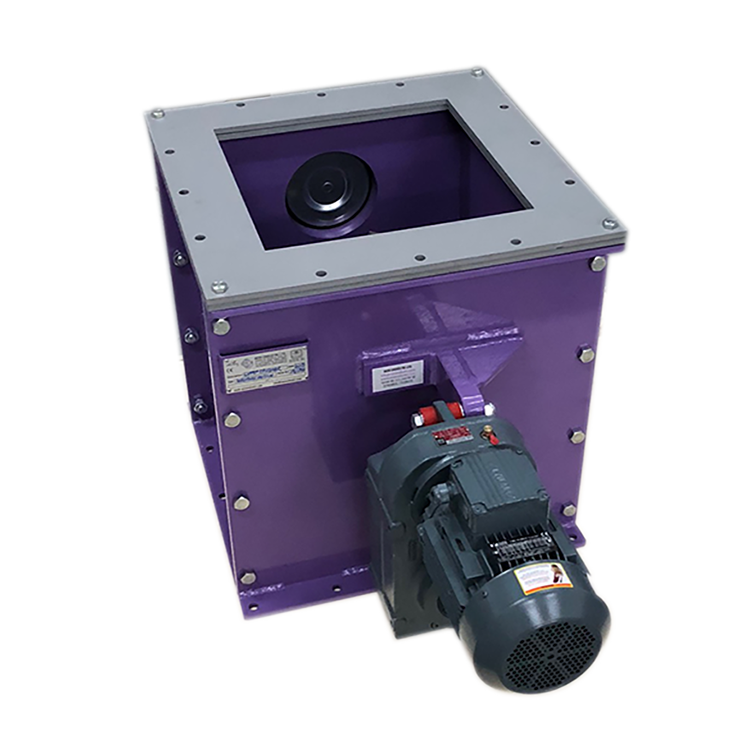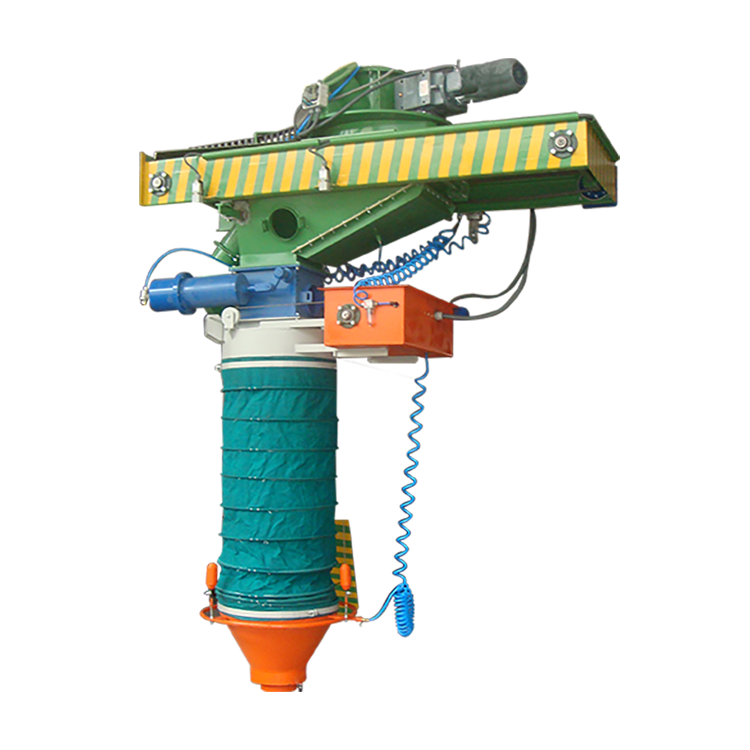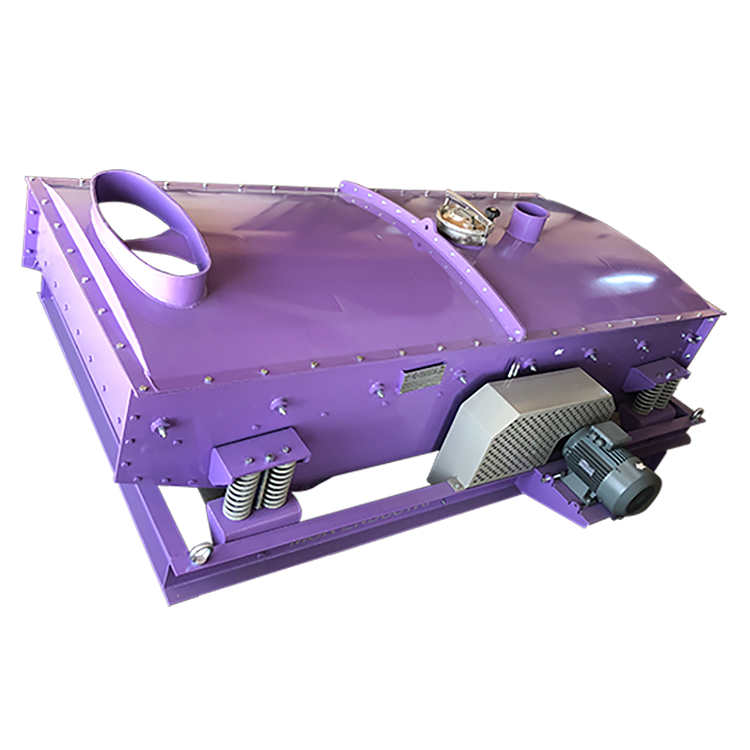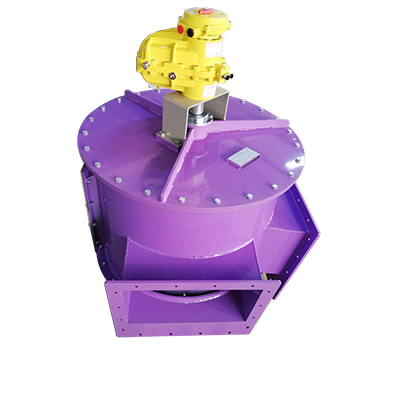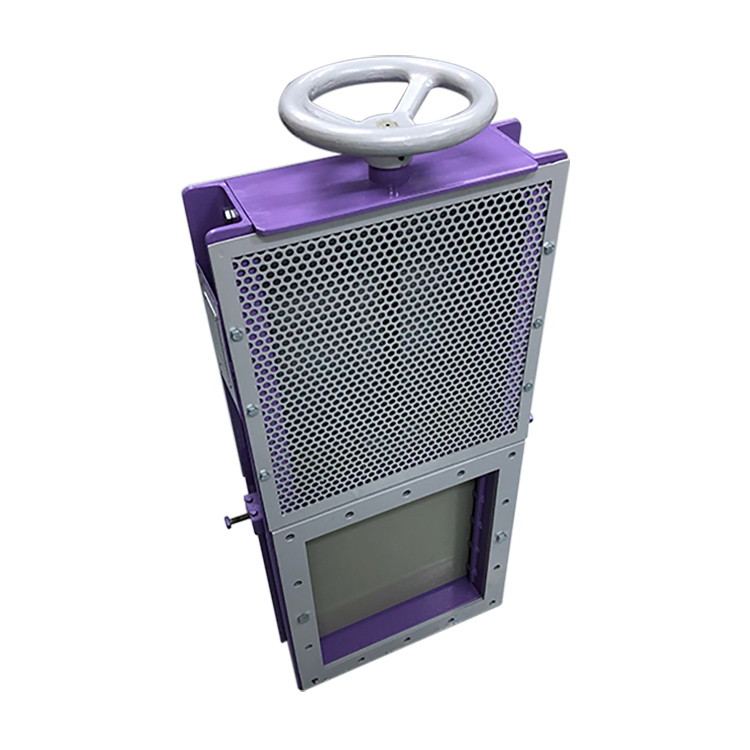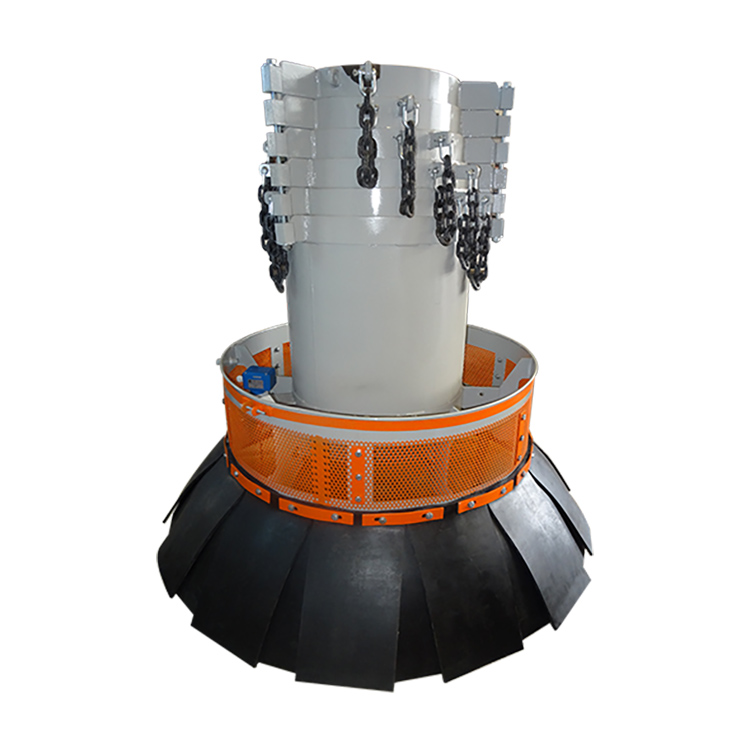IP protection codes and levels are an international standard. IP stands for international protection code. It is a standard that will be used to test how much all electrically operated tools and equipment are against external factors. This code is given to all electrical products. The IP code is used to indicate that it will work.
The IP rating is a two or three-digit number. The number of digits implies different effects. So take a test of your IP levels. They include protection from liquids, protection against solid objects and protection from all kinds of mechanical effects.
What Do IP 66 and IP 67 Mean?
IP 66 is a two-digit code. 6 in the first step indicates that the power tool is dust-proof to solid objects. 6 in the second step means protection against liquids. If water is sprayed on an electrical appliance, it means that the appliance will be protected.
IP 67 means that this device can be protected in case of immersion in water if the duration is less than 30 minutes. In general, the first digit after IP always indicates solids, and the second refers to liquid substances. Numbers are determined according to the protection of the device against these substances in different situations.
What do IP codes vary?
An IP code is determined against solids with different numbers depending on the diameter of the substance. Some electrical devices can be manufactured with protection against solid materials of different diameters. On the other hand, protection against dust and dust-proof features mean protection against solid substances.
The second step, indicating the degree of protection against liquids, indicates its protection in case of water spray, splashes and strong water gush, including vertical water current or oblique water current coming into the device. In addition, immersion of the device in water is also important in measuring its resistance to liquids. All these are the criteria used in determining different IP codes and all electrical devices must be produced in accordance with them.



 TR
TR